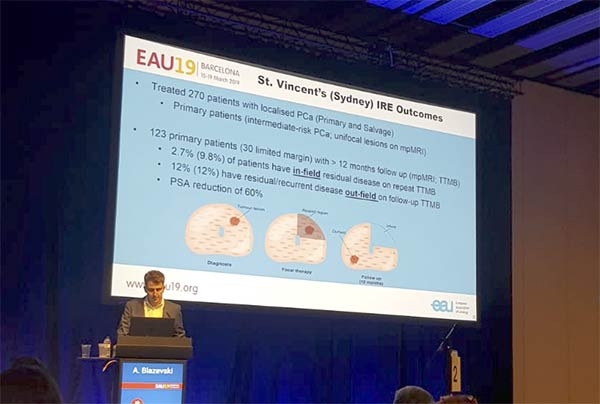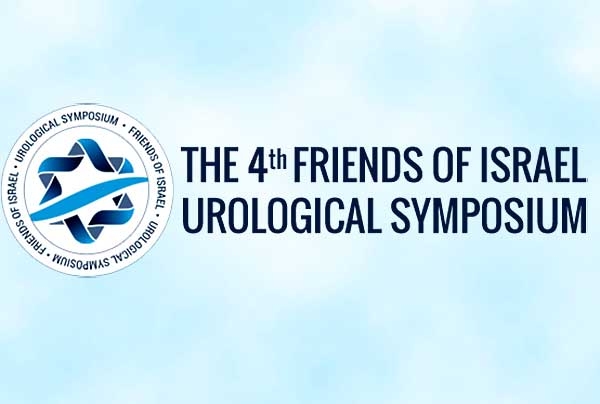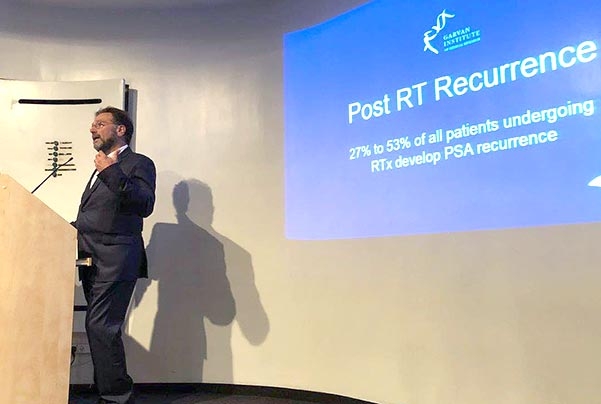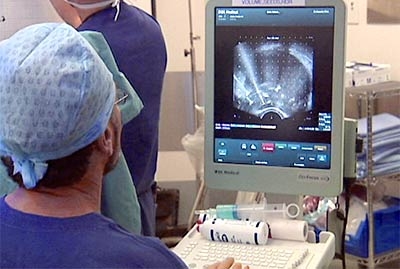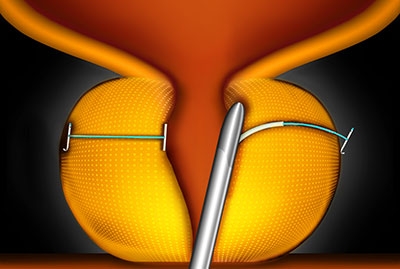Best paper published in the BJUI
Amila Siriwardana, one of Professor Stricker’s fellows, wins the 2019 BJUI Global Prize for the best paper between 1 July 2017 and 30 June 2018. This is a great honour for Dr Siriwardana and is a great credit to all the team working with Professor Stricker and Louise Emmett on the PSMA data. Many other […]
Best paper published in the BJUI Read More »




